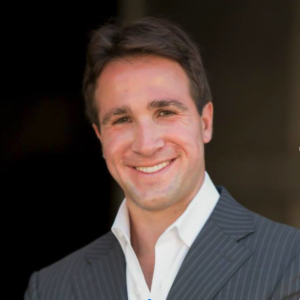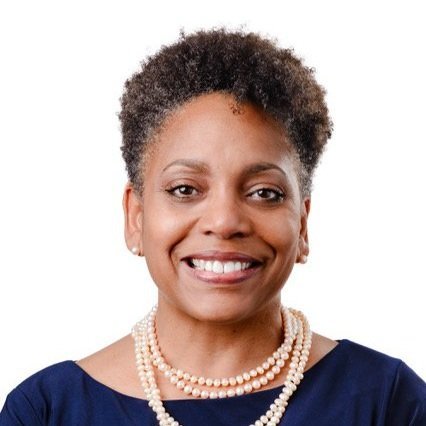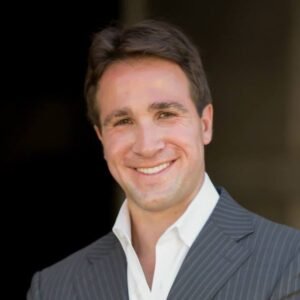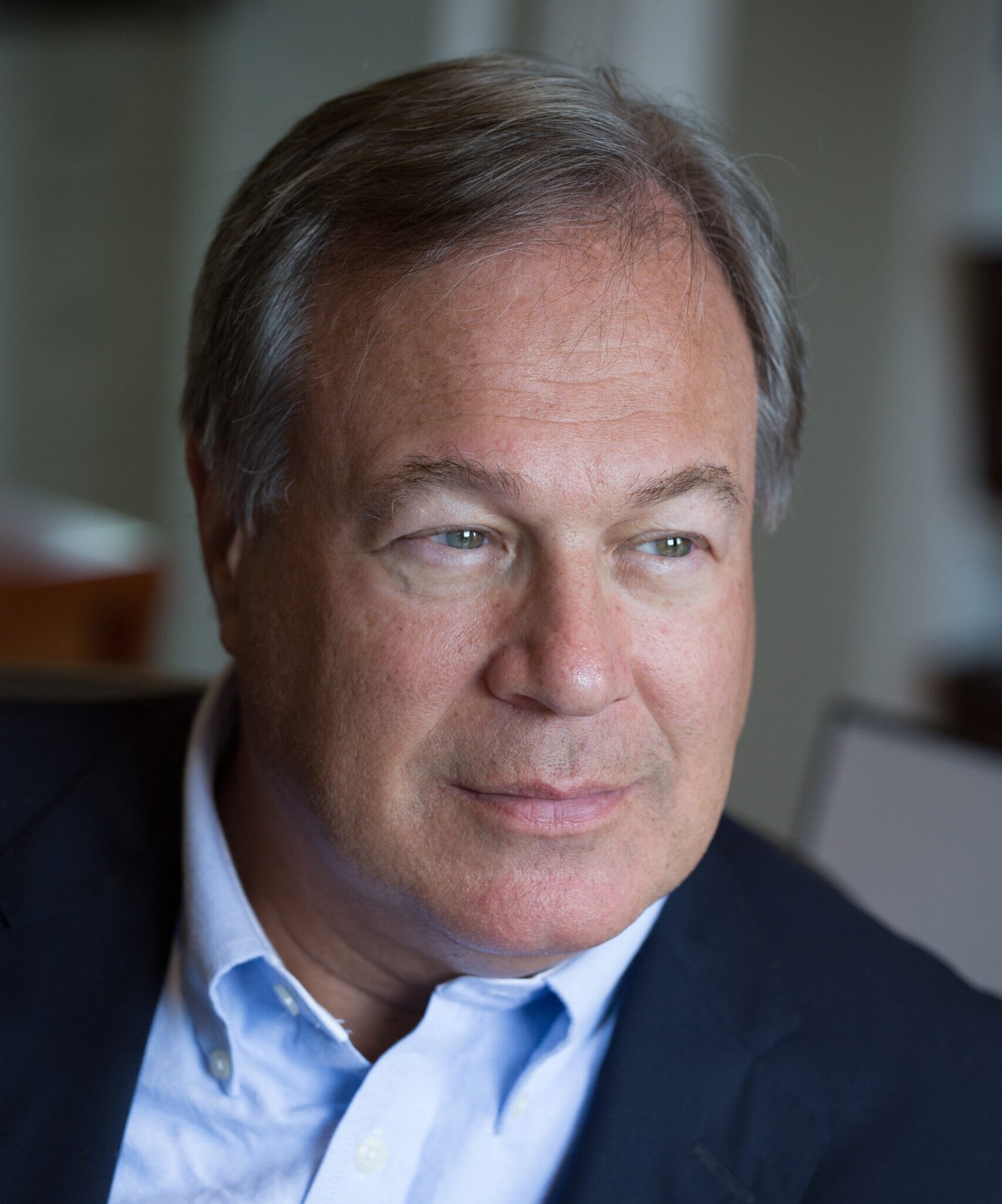I recently went one-on-one with Tia Boatman Patterson. Tia is the CEO of the California Community Reinvestment Corporation (CCRC). Tia previously worked in the White House as the Associate Director for Housing, Treasury, and Commerce in the Office of Management and Budget, and served as the Executive Director of the California Housing Finance Agency.
Adam: Thanks again for taking the time to share your advice. First things first, though, I am sure readers would love to learn more about you. How did you get here? What experiences, failures, setbacks, or challenges have been most instrumental to your growth?
Tia: Thanks Adam! I have worked in public service since the mid-90s and have committed much of my professional life to housing and community development policy that uplifts underserved communities in California. My commitment was born from my family, specifically a guiding quote from my grandmother telling me to leave the world better than I found it. Her daughter, my single mother of two girls, was able to send both of her children to college because of a first-time homebuyer program in the mid-’70s., following changes in federal law that allowed a single woman to obtain a mortgage in her own name. I come from a long line of amazing women leaders who all started from the shared principle of wanting better for their next generation. With my experience as Associate Director of Housing, Treasury, & Commerce in the Executive Office of Management & Budget under the Biden Administration, as well as my current role as the President and CEO of the nonprofit banking consortium and affordable housing lender, California Community Reinvestment Corporation (CCRC), I have been allowed to see how public policy is translated to redress decades worth of housing infrastructure failures. I have witnessed firsthand that access to safe, sanitary, and decent affordable housing can break cycles of generational poverty. Still, I have found that often, people are resistant to change – even change that will have a widescale positive impact. It is challenging to understand resistance to change, but learning how to meet people where they are helps to close many gaps in perspective. Closing the cultural gaps, knowledge gaps, and gaps in perspective creates a space for collaboration. I try to constantly be aware and identify those gaps, even in the face of sweeping adversity.
Adam: What are the best leadership lessons you learned from your time working in the White House and from your leadership roles in state government?
Tia: Working in government leadership positions has afforded me an opportunity to collaborate with some of the brightest minds in the country. However, working in very high-level policy positions also means that many of your colleagues who are creating policies to serve our most vulnerable communities will have a high level of education, and our cultural experiences end up very different than the communities the policy is intended to serve. Not knowing or understanding the perspectives of those with lived experience in vulnerable communities can create unintended consequences. As a leader, it is important to have diverse voices in the conversation consistently. This leads to better policy outcomes through self-advocacy. Yet, this can sometimes be a challenge. The most basic principle of leadership, to orchestrate the most optimal outcome, is to truly understand the problem you are trying to resolve. You must understand what you are trying to accomplish. Each team member will understand a problem in a way that is informed by their own experiences and education. Thus, having an understanding of the goal upfront and employing clear communication is critical. Everyone on the team must actively listen. The White House process was not a matter of selecting the best sounding idea to immediately apply but meeting each person where they were to emphasize the collective responsibility to collaborate and create something that can effectively impact positive change.
Adam: What are the best leadership lessons you have learned from leading a nonprofit organization?
Tia: Stepping into my role as the head of a nonprofit organization after my career in public service has been challenging but immensely rewarding. One of the largest differences between the two roles is the size of the team and the density of roles each staff member takes on, but that difference creates hundreds of other connected challenges. I approached the role with the assumption that a leadership role in a small nonprofit would resemble the public sector in which I have years of experience, but from my time, I have come to understand it very differently than small public sector agencies. The nonprofit organization I lead has had to evaluate our processes to understand how best to maximize transparency and consistent communication, which was a surprising obstacle to have to navigate. Issues like the accessibility of board meeting information, outdated means of conveying challenges, and consistency of roles were all completely divergent from my time in the public sector. Overcoming the assumptions I had made about nonprofit organizational leadership and becoming the leader needed at a time when it was urgently needed required a sense of adaptability, understanding, and active listening that have made me a better leader. I embraced the existing culture and worked to integrate new standards over time while maximizing the sense of loyalty to the mission of the organization.
Adam: In your experience, what are the defining qualities of an effective leader? How can leaders and aspiring leaders take their leadership skills to the next level?
Tia: From my perspective, the one thing holding most leaders back from getting to the next level of leadership is the ability to actively listen. Extroverted personalities like mine sometimes struggle with making consistent strides towards understanding every member of the team’s skillset. Being quiet and truly hearing people, including their perspectives, capabilities, and weaknesses, is foundational to understanding how best to maximize each person’s potential. Sometimes, the best people to put in higher positions are not the people who are immediately obvious to you or who you have been standardized to see as the most equipped. Contextualizing each team by actively listening and then applying the context you learn, rather than applying all leadership lessons uniformly, is the most optimal way to navigate this challenge.
Adam: What are your three best tips applicable to entrepreneurs, executives, and civic leaders?
Tia: First, build connections, collaborate, and talk to relevant people in your field. A lot of the stagnation that people see once they finally reach positions they may have always reached for is because there is a belief that it is a linear process with a fixed conclusion. Just because you have reached a certain metric of success does not mean there is nowhere to go from there, and the way that you can possibly break past a point of stasis is by connecting with other change-makers in your field. We really are all in this together, and there has never been an industry leader who has wished to know LESS about how other professionals run successful enterprises.
-
To that point, I think more people in these roles need to get up and walk around. Leaving your desk is one of the only ways to gain trust, integrate into company culture, and become valued as a leader who both cares about and knows the people in their organization. There is always important work to do at your desk, but one of my early leadership and management classes taught me to “manage by walking the halls.” Isolating yourself means you cannot understand what is happening on a day-to-day level in your organization.
-
Finally, you must know your market and audience. What does that mean when these people are constantly changing? You cannot be complacent and assume that decades-old research is still something on which you can reliably base your knowledge. Keeping up, being resourceful, and constantly re-evaluating are all indispensable to optimal leadership. The industry will move with or without you, and it is only the people with a complete understanding of their market and audience yesterday, today, and tomorrow who do not get washed away.
Adam: What is your best advice on building, leading, and managing teams?
Tia: Leading, managing, and building teams is a collaborative process. As much as information is understood as flowing linearly downward from the President or CEO in a company, there should also be some form of collectivity to conversations that loop everybody in on the process. Identifying folks’ strengths and understanding how they best hear and receive information is the most important part of making a team that functions effectively with and without you. This is another part of how developing active listening skills flows back into your organization tenfold. It is impossible to understand someone’s skillset unless two things happen: they tell you, and you hear them when they tell you. Manage by allowing time and space for all voices to be verbalized, and you will find that the entire team functions better and you have greater context to adjust or evaluate teams.
Adam: What should everyone understand about the affordable housing crisis? What do you believe is the best path forward?
Tia: It did not take one day to get here. The housing crisis is a complex set of converging issues, many of which have been entrenched in the fabric of this country for decades now. Just as they are all intricate and deeply rooted, so, too, are they interconnected. Trying to evaluate any singular aspect of housing requires knowledge of all the closely related other aspects. Finding solutions in such a fraught web is going to take an “all of the above” approach. What does that mean? You can’t buy your way out by providing public subsidies, although that is one part of it. You can’t regulate or deregulate your way out of it, although that is one part of it. You can’t employ rent control and rent control policy without discretion. Rent control policy reduces the supply, which is already so limited and behind the curve. An “all of the above” approach contends with the crisis in terms of levers – as one lever is pulled, we have to make sure ten other levers are not being forcibly pushed in response. As we think about regulation, deregulation, and public subsidies, we must continue to think of housing as a continuum. Supporting affordable housing relies on the understanding that it is a process from homelessness to entry-level homeownership and everything in between. Until there is a stable housing market ready to receive people as they mobilize from low-income to middle-income, resources should be spent in proportion to unmet needs. Hence, it takes “all of the above” to imagine a future for affordable housing.
Adam: What is the single best piece of advice you have ever received?
Tia: It was my grandmother, and she told me to leave the world better than I found it, and that simple idea continues to inform much of the work that I do today. As I look towards finding a way forward for underserved Californians through my nonprofit role, I understand that the world today has been left in an untenable condition. To leave this world better than I found it is not just a mantra of generosity, it is an understanding of the privilege that I have every day to be able to make change. Just as my grandmother embodied a kind of love, care, and respect for the world and the people in it, I continue her work and fight for equitable housing for all vulnerable Californians.
Adam: What can anyone do to pay it forward?
Tia: I think starting with the understanding that paying it forward is, by definition, not a transactional process. Many people go into service with the idea that by contributing something to the world, something will be returned to them in a vaguely equal exchange. Community and civic engagement are some of the most potent tools for paying it forward. It is a radical act to show up when we have been conditioned to stay away from each other and the most important causes. If you know affordable housing will be at a city council, you should show up to support that housing project – yet most do not. There is nothing more fundamental to building out this shared future. If more people knew the people in their neighborhoods and had a sense of community with their neighbors, we would see less widespread opposition to affordable housing projects as well. Fear and lack of information keep people from each other, contributing to destructive narratives and ultimately preventing progress.
Adam: Is there anything else you would like to share?
Tia: Given that it is Women’s History Month, I wanted to spotlight what it means to be a woman leader and what it has meant to be a woman in every role I have occupied to this point. I often found my support system and biggest advocates throughout my career to be other women leaders. Coming up as a young staffer working in the California Capitol, some of my biggest champions were other women, especially women elected officials. I did not pass the state bar on my first attempt, and it was Martha Escutia, who at the time was the Chair of the California State Assembly Judiciary Committee, who convinced me, as a fellow woman of color, to try again despite my reluctance. My life would be completely different had I not. Debra Bowen, former Secretary of State of California, Fredericka McGee, who is currently the Chief of Staff to Supervisor Holly J. Mitchell, and countless other forward-thinking, intuitive women have championed, encouraged, and supported me to reach in my career. I have had the support of amazing women throughout my life, and I think being a woman leader is about continuing that work for other women. In my current role, I follow a fabulous woman leader who ran the organization for thirty amazing years before me, and I think of how grateful and lucky I am to have the opportunity to continue to uplift other women in this position.









